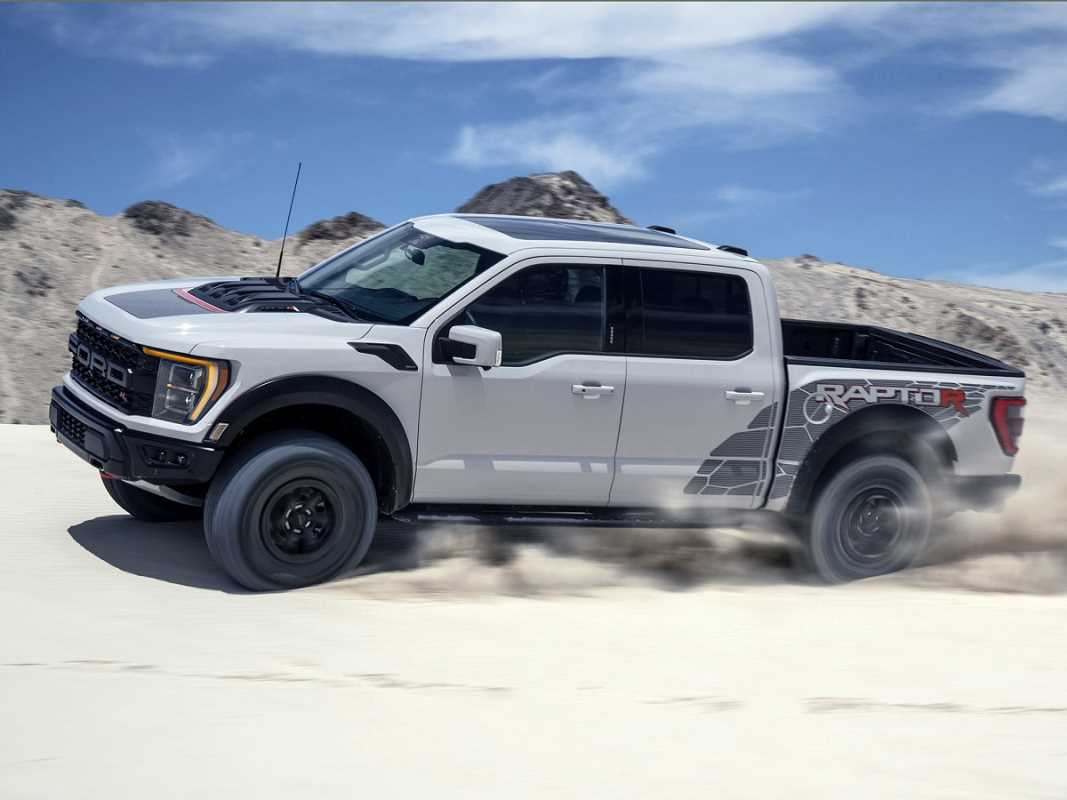Many car enthusiasts assume winter weather means parking their favorite performance cars until spring returns. This mindset misses out on some of the most thrilling driving experiences possible. Cold weather, snow, and ice create unique driving conditions that certain performance cars handle exceptionally well, sometimes even better than in warm weather. These winter warriors combine advanced all-wheel drive systems, sophisticated traction management, and cold-weather engineering to deliver excitement year-round.
The key to winter performance lies in understanding how different technologies work together. All-wheel drive systems distribute power to maintain traction, advanced stability systems prevent dangerous slides, and some engines actually produce more power in cold, dense air. Modern winter performance cars also feature heating systems that keep important components at optimal temperatures, ensuring consistent performance regardless of outside conditions.
Subaru WRX STI
The Subaru WRX STI earned its reputation battling through snow-covered rally stages, making it one of the most capable winter performance cars available. Its symmetrical all-wheel drive system sends power to all four wheels continuously, providing consistent traction even on slippery surfaces.
Boxer Engine Advantages
The WRX STI's horizontally opposed boxer engine sits low in the chassis, creating a lower center of gravity that improves stability in slippery conditions. This engine placement also allows for better weight distribution between front and rear axles, helping maintain traction under acceleration and braking.
The turbocharged 2.5-liter engine produces 310 horsepower and responds well to cold air, which increases density and allows for better combustion. The six-speed manual transmission gives drivers complete control over power delivery, important for managing traction on varying winter surfaces.
Audi RS3
Audi's RS3 combines a potent five-cylinder turbo engine with their legendary Quattro all-wheel drive system. The result is a compact performance car that excels in winter conditions while delivering supercar-level acceleration.
Quattro All-Wheel Drive System
The Quattro system in the RS3 uses a center differential to distribute torque between front and rear axles automatically. This mechanical system responds faster than electronic systems, providing immediate traction when conditions change suddenly. The system can send up to 100% of available torque to either axle as needed.
The RS3's 2.5-liter five-cylinder turbo engine produces 401 horsepower and creates a distinctive exhaust note that sounds even better in cold air. The engine's aluminum construction helps it warm up quickly in cold weather, reducing the time needed to reach optimal operating temperature.
BMW M340i xDrive
BMW's M340i with xDrive all-wheel drive represents a perfect balance between performance and winter capability. The car's 50/50 weight distribution and sophisticated all-wheel drive system make it predictable and engaging to drive in challenging conditions.
Intelligent All-Wheel Drive
The xDrive system normally sends 60% of power to the rear wheels and 40% to the front, maintaining the rear-wheel drive character BMW is known for. In slippery conditions, the system can transfer power between axles almost instantaneously, preventing loss of traction before it becomes problematic.
The turbocharged inline-six engine produces 382 horsepower and benefits from cold air intake temperatures. The eight-speed automatic transmission includes a manual mode with paddle shifters, allowing drivers to maintain engine braking control on descents.
Mercedes-AMG A45 S
The Mercedes-AMG A45 S packs incredible performance into a practical hatchback body. Its advanced all-wheel drive system and powerful turbo engine make it a formidable winter performer despite its compact size.
AMG Performance 4MATIC+
The AMG Performance 4MATIC+ system can vary torque distribution from 100% front-wheel drive to 50/50 front-rear split. The system includes a rear differential that can send power between the rear wheels independently, providing precise control in challenging conditions.
The hand-built 2.0-liter turbo four-cylinder produces an astounding 416 horsepower, making it one of the most powerful production four-cylinder engines ever built. The engine includes special cold-weather programming that adjusts fuel mapping and boost pressure for optimal performance in low temperatures.
Volkswagen Golf R
The Golf R might look like a regular hatchback, but underneath lies one of the most capable all-weather performance cars available. Its 4MOTION all-wheel drive system and turbocharged engine create a potent combination for winter driving.
4MOTION All-Wheel Drive
Volkswagen's 4MOTION system uses a Haldex coupling to distribute power between front and rear axles. The system monitors wheel slip and driving conditions constantly, adjusting power distribution to maintain optimal traction. The system can send up to 100% of torque to any single wheel if needed.
The Golf R's 2.0-liter turbo engine produces 315 horsepower and includes features specifically designed for cold weather operation. The engine block heater and auxiliary coolant heater help maintain optimal operating temperatures in extreme cold.
Porsche 911 Turbo S
The 911 Turbo S proves that supercars can be practical year-round vehicles. Its advanced all-wheel drive system and rear-engine layout create unique handling characteristics that work surprisingly well in winter conditions.
Porsche Traction Management (PTM)
The PTM system actively manages torque distribution between front and rear axles, typically sending most power to the rear wheels for sporty handling. In slippery conditions, the system can send up to 38% of torque to the front wheels, providing excellent traction without compromising the 911's rear-engine character.
The twin-turbo flat-six engine produces 640 horsepower and actually benefits from cold air, which increases power output slightly. The engine's rear placement provides excellent traction under acceleration, as weight transfers to the rear wheels where the power is delivered.
Range Rover Sport SVR
The Range Rover Sport SVR combines luxury, performance, and genuine off-road capability. Its advanced terrain management systems and powerful supercharged V8 make it equally comfortable on mountain roads or city streets in winter weather.
Terrain Response System
Land Rover's Terrain Response system includes specific settings for snow, ice, and winter driving conditions. Each mode adjusts throttle response, transmission behavior, stability control settings, and differential behavior to optimize performance for specific surfaces.
The supercharged 5.0-liter V8 produces 575 horsepower and includes cold-weather features like block heaters and auxiliary heating systems. The air suspension can raise ground clearance for deep snow or lower the vehicle for better aerodynamics at highway speeds.
 (Image via
(Image via





